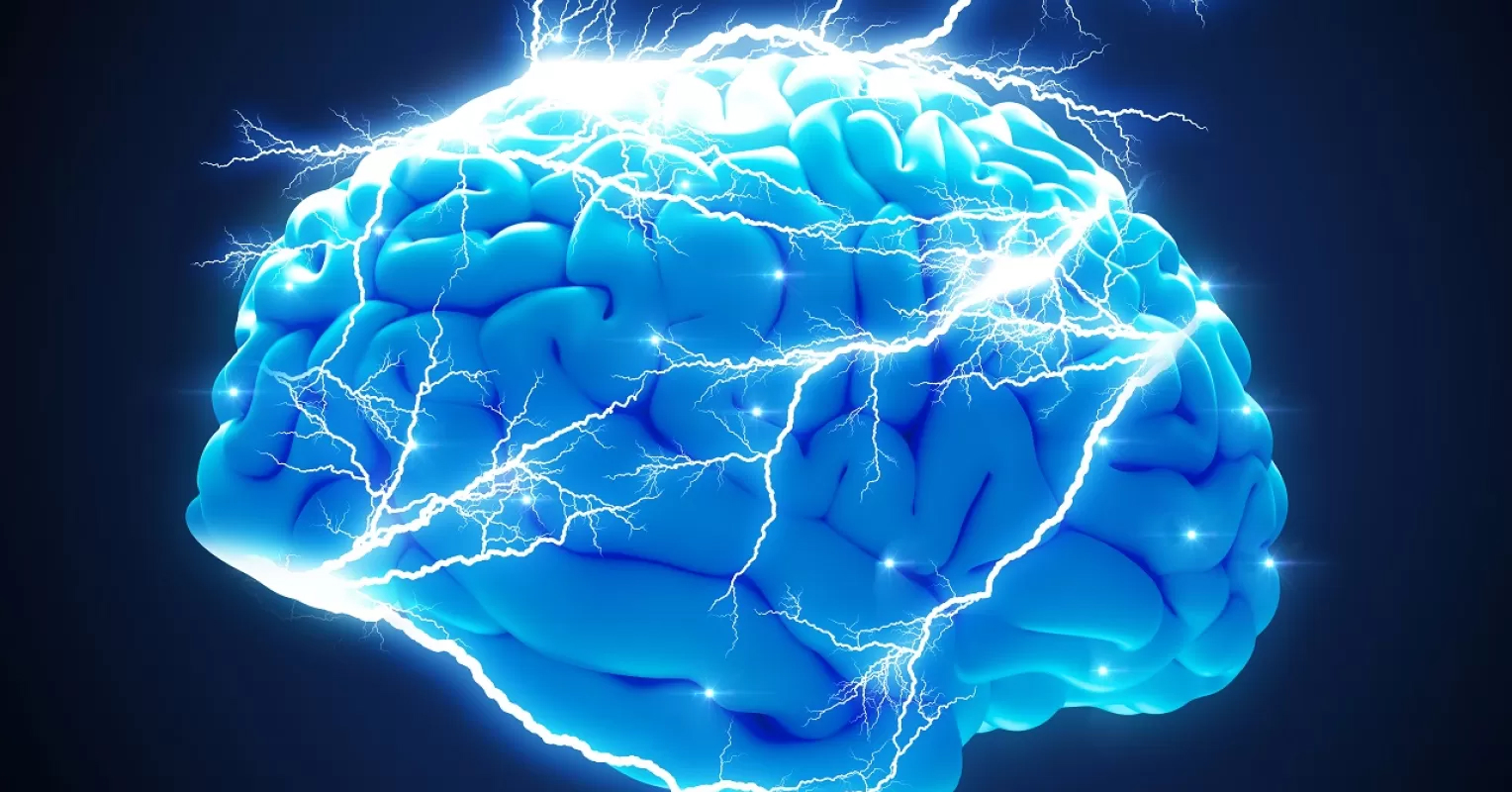"Photon Entanglement May Illuminate the Rapid Brain Signals Underlying Consciousness"

August 16, 2024 feature
This article has been reviewed according to Science X's editorial process and policies. Editors have highlighted the following attributes while ensuring the content's credibility:
- fact-checked
- peer-reviewed publication
- trusted source
- proofread
by David Appell , Phys.org
Understanding the nature of consciousness is one of the hardest problems in science. Some scientists have suggested that quantum mechanics, and in particular quantum entanglement, is the key to unraveling the phenomenon.
Now, a research group in China has shown that many entangled photons can be generated inside the myelin sheath that covers nerve fibers. It could explain the rapid communication between neurons, which so far has been thought to be below the speed of sound, too slow to explain how the neural synchronization occurs.
The paper is published in the journal Physical Review E.
'If the power of evolution was looking for handy action over a distance, quantum entanglement would be [an] ideal candidate for this role,' said Yong-Cong Chen in a statement to Phys.org. Chen is a professor at the Shanghai Center for Quantitative Life Sciences and Physics Department at Shanghai University.
The brain communicates within itself by firing electrical signals called synapses between neurons, which are the main components of nervous tissue. It is the synchronized activity of millions of neurons that consciousness (among other brain business) relies on. But the way this precise synchronization takes place is unknown.
Connections between neurons are called axons—long structures akin to electrical wires—and covering them is a coating ('sheath') made of myelin, a white tissue made of lipids.
Comprised of up to hundreds of layers, myelin insulates the axons, as well as shaping them and delivering energy to the axons. (In actuality, a series of such sheaths stretches across the length of the axon. The myelin sheath is typically about 100 microns long, with 1 to 2 micron gaps between them.) Recent evidence suggests myelin also plays an important role in promoting synchronization between neurons.
But the speed at which signals propagate along the axons is below the speed of sound, sometimes much below—too slow to create the millions of neuron synchronizations that are the basis for all the amazing things the brain can do.
To remedy this problem, Chen and his colleagues investigated if there could be entangled photons within this axon-myelin system that could, though the magic of quantum entanglement, communicate instantly across the involved distances.
A tricarboxylic acid cycle releases energy stored in nutrients, with a cascade of infrared photons released during the cycling process. These photons couple to vibrations from carbon-hydrogen (C-H) bonds in lipid molecules and excite them to a higher vibrational energy state. As the bond then transitions to a lower vibrational energy state, it releases a cascade of photons.
The Chinese group applied cavity quantum electrohydrodynamics to a perfect cylinder surrounded by the myelin, making the reasonable assumption that the outer wall of the myelin sheath is a perfectly cylindrical conducting wall.
Using quantum mechanical techniques, they quantized the electromagnetic fields and the electric field inside the cavity, as well as the photons—that is, treated them all as quantum objects—and then, with some simplifying assumptions, solved the resulting equations.
Doing so gave the wavefunction for the system of the two photons interacting with the matter inside the cavity. They then calculated the photons' degree of entanglement by determining its quantum entropy, a measure of disorder, using an extension of classical entropy developed by the science polymath John von Neumann.
'We showed that the two photons can indeed have higher rate of being entangled under occasions,' said Chen in his statement.
The conducting wall limits the electromagnetic wave modes that can exist inside the cylinder, making the cylinder an electromagnetic cavity that keeps most of its energy within it. These modes are different from the continuous electromagnetic waves ('light') that exist in free space.
It is these discrete modes that result in the frequent production of highly entangled photons within the myelin cavity, whose rate of production can be significantly enhanced compared to two untangled photons.
Entanglement means the two-photon state is not a classical combination of two photon states. Instead, measuring or interacting with one of the photons instantly affects the same property of the second photon, no matter how far away it is.
Entanglement has been demonstrated for a system whose members are over 1,000 km apart. Nothing like it exists in classical physics; it is purely a quantum phenomenon. Here entanglement would raise the possibility of much faster signaling along the sections of myelin that encase segments of the axon's length.
One possibility, the authors write, is that the entanglement of photons could transform into entanglement along potassium ion channels in the neuron. If so, the opening and closing of one channel may affect the performance of another somewhere else.
Chen told Phys.org that their result is a combination of two phenomena that exist but are still largely mysterious: consciousness (let alone quantum consciousness) and quantum entanglement.
'We won't say there is a direct connection. At this early stage, our primary goal is to identify possible mechanisms of neural synchronization, which affects numerous neurobiological processes. Through this work, we hope to gain a better understanding.'
More information: Zefei Liu et al, Entangled biphoton generation in the myelin sheath, Physical Review E (2024). DOI: 10.1103/PhysRevE.110.024402. On arXiv: DOI: 10.48550/arxiv.2401.11682
Journal information: Physical Review E arXiv
© 2024 Science X Network




